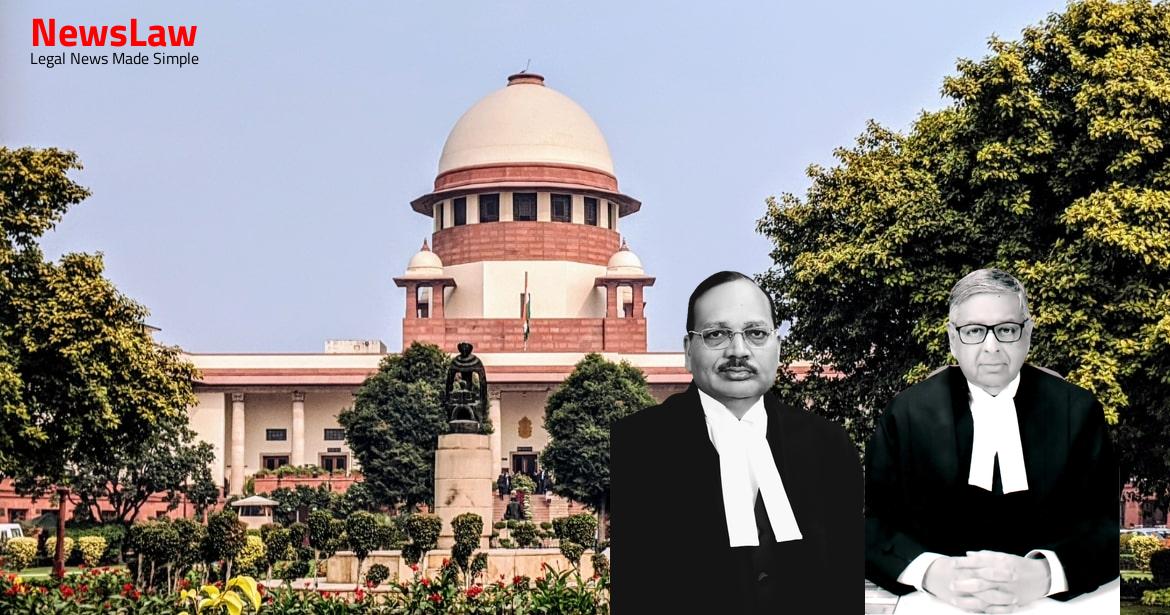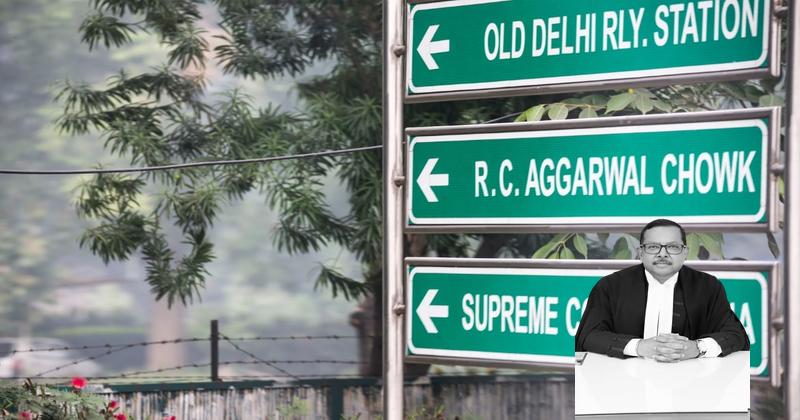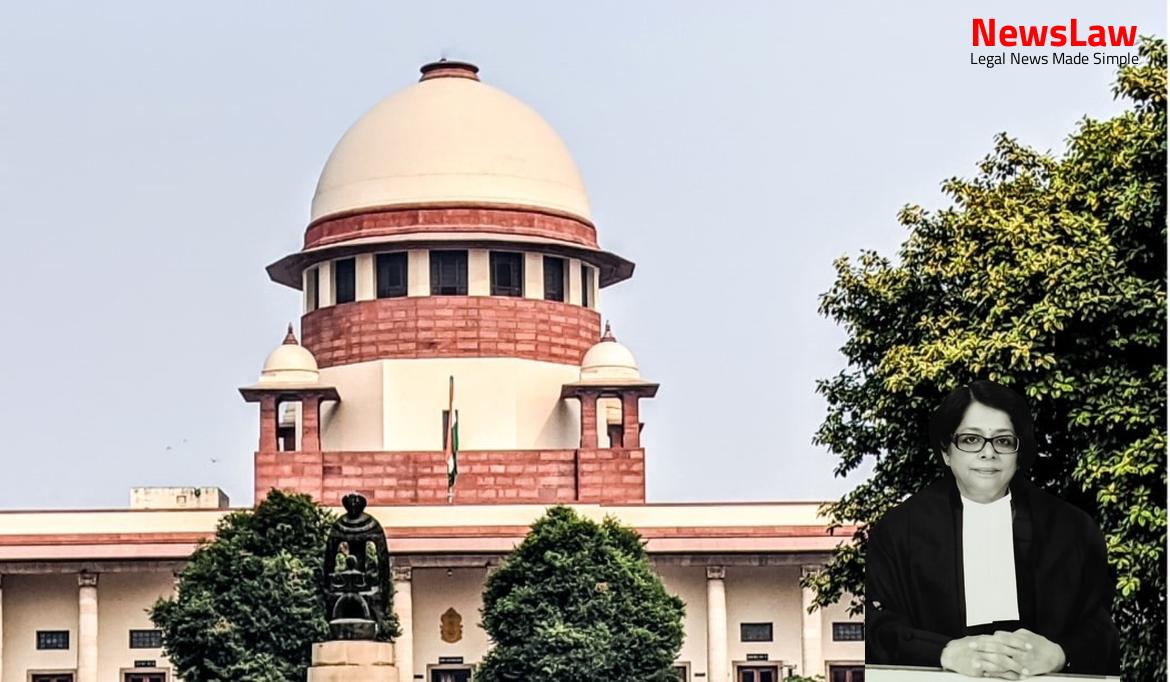Delve into the deep legal analysis of a significant assault case verdict where the court scrutinized witness testimonies, medical evidence, and the application of relevant sections of the Indian Penal Code. Explore the nuances of the court’s decision-making process in assessing the common intention, voluntary causing hurt, and potential exceptions to the charges. Stay informed on the complexities of criminal law and judicial reasoning in this compelling case analysis.
Facts
- Manohar and his sons Mihir, Prabhat, and Kailash were accused of assaulting members of the Mahto family over a land dispute.
- The dispute arose due to the construction of a hut by Manohar on the informant’s land.
- Witnesses testified to the violent assault that led to the deaths of Anil and Jatu Mahto, with injuries also sustained by Kasi Ram, Premchand, and Puranchand.
- Medical evidence indicated grievous injuries possibly caused by hard and blunt objects.
- Manohar and his sons were convicted and sentenced to imprisonment by the Trial Court.
- The assault involved the use of weapons like an iron rod and resulted in severe head injuries to the victims.
- Ownership of the land where the hut was built was a key issue in the case.
- The eyewitness accounts largely aligned with the initial statement given by the informant about the sequence of events.
- The Medical witnesses provided detailed descriptions of the injuries sustained by the victims.
- Five persons were tried for the offences based on a fardbeyan by Kasi Ram Mahto on 20 August 2005.
- Usha Devi was acquitted by the High Court due to lack of assault allegation against her.
- The accused persons and victims are referred to by their first names only in the judgment.
- Kasi Ram himself was injured in the assault.
- High Court upheld the conviction and sentences of the two appellants among the four convicted accused persons.
- High Court set aside the conviction of Usha Devi.
- High Court’s decision was delivered on 10 October 2018.
- The two appellants were found guilty by the Trial Court for various offences under the Indian Penal Code.
- The Trial Court sentenced the appellants to different durations of imprisonment for the committed offences.
Also Read: Contractual Interpretation in Real Estate Dispute
Analysis
- The eyewitness accounts show inconsistency and exaggeration in implicating Mihir and Prabhat for the assaults on Anil and Jatu.
- Medical evidence reveals simple injuries on the victims, contradicting the number of strikes attributed to the appellants.
- The prosecution failed to prove beyond reasonable doubt that Mihir and Prabhat shared a common intention with Manohar in the assaults.
- Inconsistencies in eyewitness testimonies regarding the roles of Mihir and Prabhat in the attacks on Anil and Jatu.
- The defence story of unintentional injuries by falling tiles was not believed by the courts.
- The judgement of conviction under Section 302 of the Code for Mihir and Prabhat is set aside due to lack of evidence.
- Acquittal of Usha Devi who was alleged to have supplied weapons to the accused.
- The other direct evidence, primarily eyewitness accounts and medical practitioners’ testimonies, form the basis of the decision.
- The deposition of P.W. 12 is considered specific and trustworthy in detailing the assaults.
- The convictions under Section 307 of the Code are also set aside for Mihir and Prabhat.
- The defence of injuries caused by falling roof tiles was not accepted by the courts.
- The medical evidence suggests that the injuries on the victims may not match the weapons alleged in the attacks.
- Rejection of the defence’s argument that injuries could have been caused by falls or accidents.
- Relying on a decision of a coordinate Bench in the case of Manoj Kumar vs State of Himachal Pradesh [(2018) 7 SCC 327]
- The appellants argued that their offence could fall under exception 4 to Section 300 of the Indian Penal Code
- They also contended that Part II of Section 304 of the IPC could be applied to them as well
- No evidence of offence under Section 341 of the Code found.
- Eyewitnesses did not state wrongful confinement by Mihir or Prabhat.
- Lack of intention or knowledge of causing death by Mihir and Prabhat based on weapons and injuries.
- Sufficient evidence against Mihir and Prabhat for voluntarily causing hurt.
- Acquitted of charges under all provisions.
Also Read: Non-compliance with requirements of Section 81(3) of the Representation of the People Act, 1951
Decision
- Both Mihir and Prabhat are found guilty of committing an offence under Section 324 of the Code.
- Sentenced to three years of rigorous imprisonment for the offence.
- If the appellants have served the three-year sentence, they will be set free immediately, unless needed in another case.
Also Read: Setting Minimum Qualifying Marks for Viva Voce: A Question of Legality
Case Title: MIHIR GOPE ETC. Vs. THE STATE OF JHARKHAND (2021 INSC 11)
Case Number: Crl.A. No.-000022-000023 / 2021



